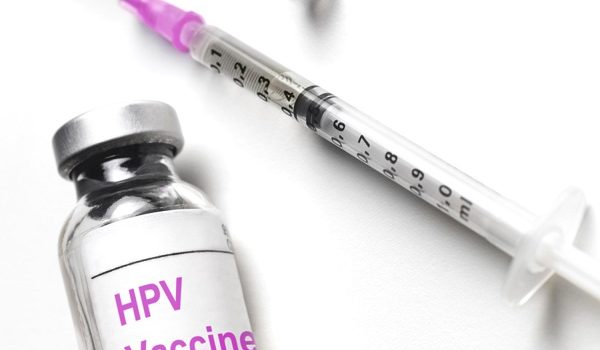Human Papillomavirus or HPV is a collaboration of over 150 similarly made viruses. These viruses are given a number to identify its HPV type. In the United States, HPV is the biggest cause of sexually transmitted diseases, infecting about 14 million people every year.
How HPV is Transmitted
People get HPV through sexual intercourse, either by anal, oral, or vaginal sex, with someone who is known to carry the virus. Any sexually active men and women can acquire HPV, even without multiple partners. In fact, most adults who are sexually active can get it at any point in their lifetime.
HPV infection may develop without symptoms that is why an infected person may not know that he has it. The disease may develop years after acquisition thus making it difficult to determine when a person first became infected.
Some experts believe that HPV can also be non-sexually transmitted although no definite findings have demonstrated this. It is probably because culturing the HPV virus is impossible and DNA detection is basically difficult to determine from the environment. In case it happens, a false negative result is likely to occur.
How to Determine if a Person has HPV
As HPV can be asymptomatic or usually goes away on its own, it is difficult to determine if a person is already infected. The only way to truly know is if the virus does not go away and a person begins to develop other health problems like:
- Genital warts – these are small bumps seen on the genital area of a person. The warts may have different characteristics and only a healthcare provider can officially determine if it is indeed genital warts
- Cervical cancer – one of the worst case scenarios that women get is this type of cancer. It also happens to be asymptomatic and only shows signs once the cancer is already in its advanced stage.
- Other cancers – HPV can also cause sex organ cancer, anus cancer, and oropharynx or cancer found at the throat’s back which can include the tonsils and tongue.
Cancer development is a sign that a person has severe HPV infection. While it may take years before cancer develops, there is no known way to identify which infected person will have it. People suffering from weak immune systems are at high risk of developing cancer due to HPV infection.
Who Needs to be Vaccinated
There are three available HPV vaccines in local pharmacies like Kroger and Walmart and these are:
- Cervarix – a vaccine made from inactivated bivalent which helps protect against the most common HPV type, 16 and 18. These are the types that infects about 65 percent female and 63 percent males on a yearly basis.
- Gardasil – a vaccine made from inactivated quadrivalent which helps protect against 16, 18, 6 and 11 HPV types. The last two, 6 and 11, are know to cause respiratory papillomatosis and genital warts.
- Gardasil 9 – a vaccine made from inactivated 9-valent which helps protect against, 16, 18, 6, 11, and five oncogenic types, which are 31, 33, 45, 52, and 58.
The US Centers for Disease Prevention and Control recommends the HPV vaccine for adolescent boys and girls age 11 to 12. This is to help them be protected from being exposed to HPV virus. Furthermore, experts believe it can improve their immune system against viruses and also, preteens are more than likely to get check-ups than older teens.
Besides teens, young women can start getting vaccinated at age 26 while young men can start as early as age 21. Homosexual adults who are sexually active should also get vaccinated as early as age 26.


